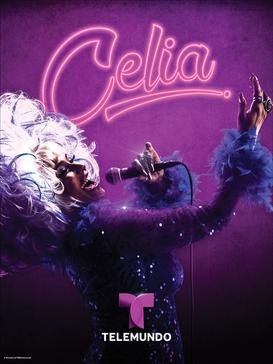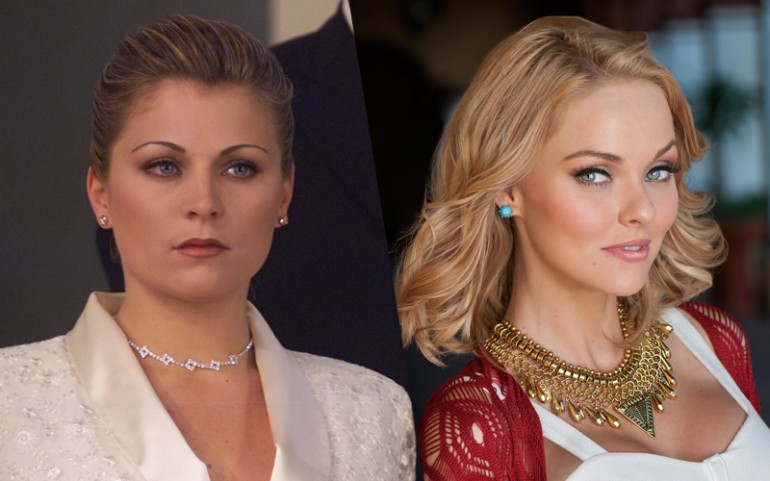Representation and Celia!
Recently, we have been studying how representation is displayed through the art of telenovelas. Historically most protagonists have been white in terms of Latin American labeling and have a very similar “look.” However, as the world becomes more progressive in terms of inclusivity, many telenovelas have made efforts to shift main characters from white to people of color.
One example discussed is Tomasa Tequiero, a woman played by actress Gledys Ibarra. The plot follows a maid who inherits millions of dollars following the death of the parents in the house she works for. With the millions, she is expected to raise their daughters. There are antagonists who are racist and who want her money, despite her inheritance coming the parents’ acknowledgment of the care and love she holds for their daughters. Ibarra is a woman of color, though she has green eyes, a reason many people suggest why she was cast. The writers of Tomasa Tequiero attempted to instate a woman of color as the lead, but still one with atypical “white” traits. Also, she plays a maid. The character isn’t in a strong position of power originally but rather works for a white family. Though she is the protagonist, she does not inherit her money or power without the white family’s help.
These problematic tropes in telenovelas still exist. However, there has been some significant change. The telenovela that I am studying this semester is called, “Celia,” which follows the life and international career of the Cuban singer. She is played by Jeimy Osorio, a Puerto Rican actress and singer who is a woman of color. Though I haven’t watched very much of the show thus far, Celia is a passionate young woman who loves music; it is evident that we will watch her struggle but eventually rise to a respected musician. I look forward to watching the rest of the show and am delighted to see a female woman of color represented!
Growing up, I lived in a predominately white neighborhood and my school typically gave positions of power (deans, presidents, even student presidents) to caucasian people. I had little to no example of people of color in power. I believe there is a lot of work to be done, within our communities, within ourselves and especially in the media. Though I believe that television in the United States has improved in terms of establishing POCs to main-character roles, there can always be more! Considering the history of telenovelas and roles tending to fall on the lighter shade of the color spectrum, I think it will be really inspiring to watch Celia and study other telenovelas that value this.


I think your explanation about this important societal issue is really well expressed in this blog. It's really great that your telenovela is putting a woman of color at the forefront of the show. In the U.S., many TV shows with diverse characters are resonating with a lot of people and topping the entertainment charts. "Never Have I Ever" is a Netflix original that gained a lot of popularity over the last year, as well as the second season of "Bridgerton", both of which have women of color as the protagonist. Like you mentioned in your blog, there is lots of room for improvement in the United States and Latin American entertainment industries regarding inclusion and diversity. I am so glad your telenovela is taking part in expanding diversity in this field.
ReplyDeleteThank you for this insightful post! As we’ve learned this semester, LATAM TV still has a long way to go in terms of representation, but it’s exciting to see the progress that is happening with shows like Celia! Being Colombian, I’ve noticed a mixed bag of representation in our own shows. There’s a large number of Afro-Latinos in Colombia and although they are some
ReplyDeletetimes scattered throughout the cast as supporting characters, it is rare that they become the main protagonist. As LATAM TV changes and becomes more progressive, I hope to see representation become the norm not the exception.